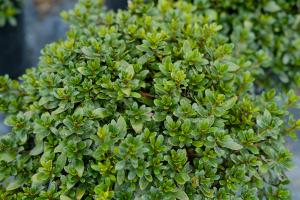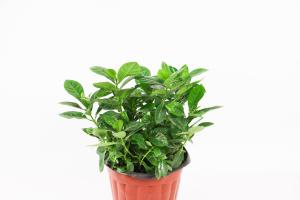How to Put Epsom Salt on Tomato Plants
Tomatoes are one of the most popular plants to grow in home gardens, but they can be finicky at times. Epsom salt, a natural mineral compound, has been touted as a miracle ingredient for tomato plants. Many gardeners swear by it, claiming that it improves growth, yield, and overall health of the plants. Here is a step-by-step guide on how to put Epsom salt on tomato plants:
Step 1: Choose the right Epsom salt
Not all Epsom salt is created equal. Look for a variety that is specifically labeled as "agricultural grade" or "garden grade". This type of Epsom salt is fine to use in your garden and won't contain any harmful additives. Avoid using Epsom salt that is scented or labeled for human use, as these may not be safe for your plants.
Step 2: Determine the correct amount of Epsom salt
It's important to use the correct amount of Epsom salt on your tomato plants. Too much can actually harm them. Generally, a good rule of thumb is to use 1 tablespoon of Epsom salt per foot of plant height. So, if your tomato plants are 3 feet tall, use 3 tablespoons of Epsom salt per plant.
Step 3: Apply Epsom salt to the soil
To apply Epsom salt to your tomato plants, first, you need to dilute it in water. Mix 1 tablespoon of Epsom salt with 1 gallon of water. Stir until the Epsom salt is completely dissolved. Then, pour the mixture around the base of your tomato plants, being careful not to get any on the leaves or stems. You can use a watering can or spray bottle to apply the solution. Water your plants as you normally would after applying the Epsom salt solution.
Step 4: Repeat as necessary
You can apply Epsom salt to your tomato plants every 2-3 weeks throughout the growing season. Some gardeners even use it as a preventative measure before planting their tomatoes. Keep an eye on your plants and adjust the frequency of Epsom salt applications as needed.
The benefits of using Epsom salt on tomato plants
There are several benefits to using Epsom salt on your tomato plants. It contains magnesium and sulfur, which are important nutrients for the plant's growth and development. These nutrients can help improve the plant's overall health, leading to better yields and a stronger plant. Epsom salt can also help reduce the risk of blossom end rot, a common problem in tomato plants caused by a lack of calcium. Additionally, Epsom salt can help deter pests and diseases, as the sulfur it contains is a natural repellent.
Conclusion
Epsom salt can be a valuable tool in your tomato gardening arsenal. By following these simple steps, you can use it to improve the health and productivity of your plants. Keep in mind that Epsom salt is not a magic fix for all tomato plant problems, and it should be used in conjunction with other gardening techniques for the best results.

 how many times do yo...
how many times do yo... how many planted tre...
how many planted tre... how many pine trees ...
how many pine trees ... how many pecan trees...
how many pecan trees... how many plants comp...
how many plants comp... how many plants can ...
how many plants can ... how many plants and ...
how many plants and ... how many pepper plan...
how many pepper plan...

































